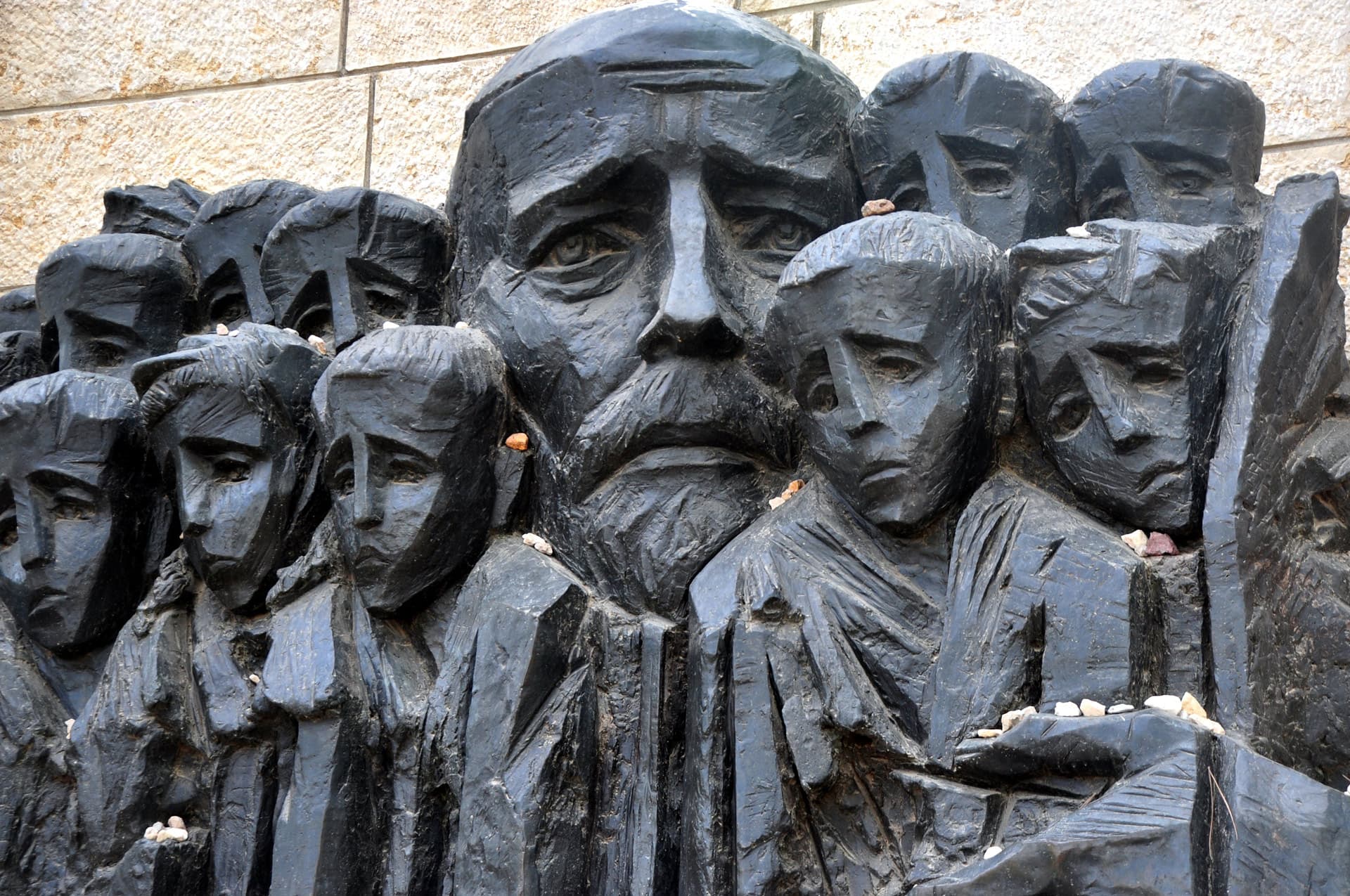UHCL professor moderates international seminar on treatment of Holocaust remains
April 11, 2018 | UHCL Staff

More than 70 years have passed since the end of World War II but horrific atrocities
committed by the Nazis continue to be discovered. An international team of Holocaust
and medical scholars met in Israel earlier this year and presented a new, internationally
recognized protocol that prescribes the appropriate steps for properly dealing with
Holocaust-era human remains. University of Houston-Clear Lake Associate Professor
of History and Humanities Barbara Hales, president of the Center for Medicine After
the Holocaust, moderated a webinar titled, “The Vienna Protocol: Ethical Issues in
Dealing with Human Remains from the Holocaust” to promote the details on how to handle
these remains.
Hales said that the new protocol was unique in that it considered medical as well
as religious ethics as the basis for its recommendations. “In 2014, workers in Berlin
digging to complete a road construction project discovered human skeletal remains.
The remains were cremated, which is against Jewish burial custom, and put in a Christian
cemetery,” Hales said. “Despite the fact that those who found the remains had an inkling
that they might have been human skeletal remains from possible victims of experiments
carried out by Dr. Josef Mengele at Auschwitz, they were disposed of in a way that
was disrespectful to those who died.”
Hales said that it’s likely that Jewish Holocaust victims’ remains are all over the
world. “They’re appearing in cabinets, museums, under glass cases in exhibits, and
there are many historical, archaeological, religious, and ethical ramifications. These
are peoples’ bodies, and they had families. Their remains are coveted for research
purposes and have been tested and circulated. This protocol gives guidelines to people
so there’s an internationally accepted protocol if remains are found.”
Hales said that it’s important to take the lessons of the Holocaust and apply them
to medical ethics today. “Doctors and historians are concerned about repeating the
medical travesties that occurred during that time. Doctors were central to the Nazis’
plan. Doctors held almost a priestly status,” she said. “The notion that doctors should
‘first do no harm’ transformed, in that certain people were deemed cancerous to the
whole.”
She said that the protocol had other applications to current world events. “Although
the Vienna Protocol is specific to the discourse about Jewish burial, there are other
genocides, such as in Syria, where these guidelines could be helpful as well,” she
said.
It’s not possible to get the remains back to their families, said Hales, and there’s
no way to know where they all are after so many decades. Some of them are still buried
in unmarked, as-yet undiscovered forests all over Eastern Europe. “It’s like a crime
scene,” she said. “We know who did it, what they did, and how, but we can’t get the
bodies back.”
With the Vienna Protocol, those who unintentionally unearth or discover Holocaust
skeletal remains will know how to proceed. “It’s a moral mission to make it right
for those who died,” Hales said. “Governments cannot hold specimens and remains to
show medical schools and exhibit in museums. These guidelines give everyone a way
to properly handle and memorialize these remains.”
About the Author:
Recent entries by
October 18 2022
Better technology transforms campus safety: Police Chief demonstrates SafeZone to students
October 14 2022
Student's skill with drones takes chicken turtle research to new heights
October 11 2022
Planting event to help UHCL restore native plants to campus, support environmental sustainability







